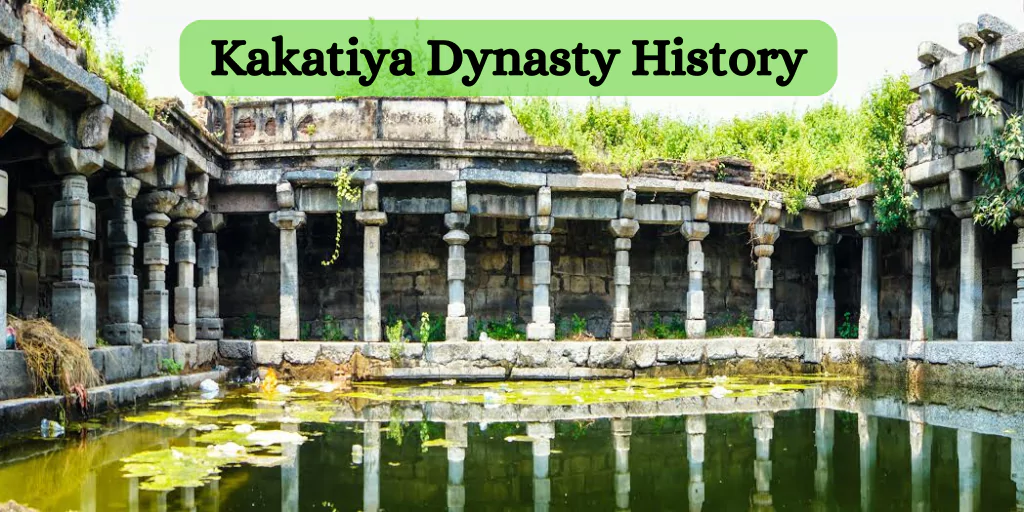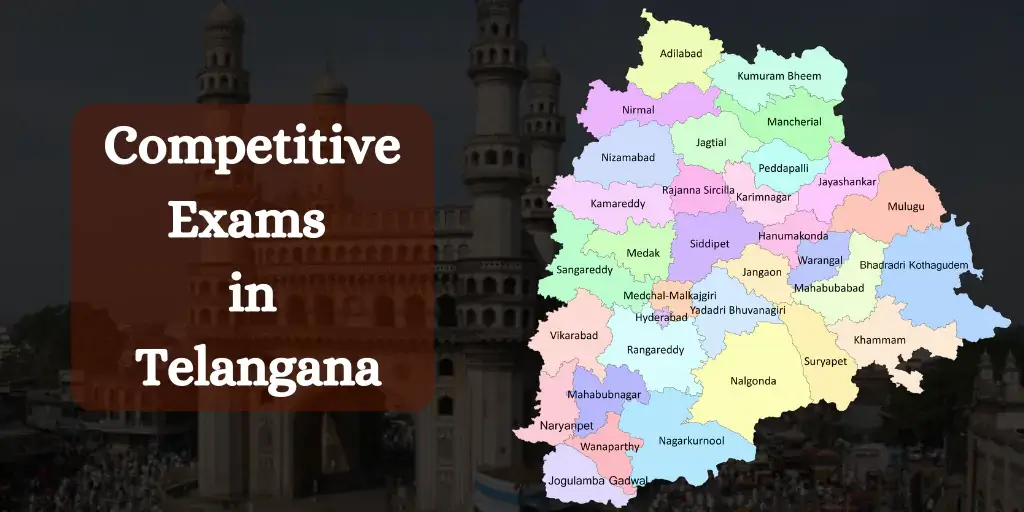Ever wonder how a small regional power rose to dominate South India for two centuries, leaving behind architectural marvels we still gawk at today? The Kakatiya Dynasty isn’t just another forgotten medieval kingdom – it’s the blueprint for how strategic military innovation and cultural patronage can transform a vassal state into an empire.
You’re about to discover the fascinating rulers who shaped the Kakatiya Dynasty’s history through ambitious military campaigns, stunning temple constructions, and revolutionary water management systems that still function 800 years later. This blog is useful for competitive exams, IAS, IPS and Other exams
What most history books won’t tell you? The secret behind how this Telugu dynasty managed to resist the Delhi Sultanate’s southern expansion for decades, when other kingdoms quickly crumbled. And it starts with a ruler who wasn’t supposed to be on the throne at all…
1. Origin and Rise of the Kakatiya Dynasty

A. Founding of the Dynasty in the 12th Century
You’d be fascinated to know that the Kakatiyas first emerged as small-time feudatories under the Western Chalukyas. Around 1163 CE, Prola II broke free from Chalukyan control, essentially kickstarting the dynasty. It was his son, Rudra, who truly established their independence and laid the foundation for what would become one of Telangana’s most significant ruling houses.
B. Transformation from Feudatories to Sovereign Rulers
When you look at the Kakatiyas’ rise to power, you’ll notice it wasn’t overnight. They gradually expanded their territory through strategic military campaigns and smart political alliances. By building the impressive Warangal Fort as their capital, they announced to everyone that they weren’t just minor players anymore – they were here to rule, and rule big.
2. Prola II and Rudra: Laying Strong Foundations
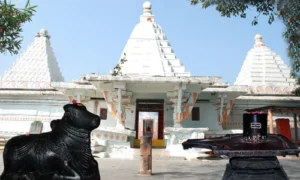
A. Prola II’s Military Campaigns
You’ll find Prola II was quite the military strategist. He expanded Kakatiya territory by conquering neighbouring regions and defeating the Western Chalukya forces. His bold campaigns laid the groundwork for what would become one of Telangana’s most powerful dynasties.
B. Rudra’s Expansion Policies
Ever wondered how the Kakatiyas became so powerful? Rudra built on his father’s successes by implementing aggressive expansion policies. You can trace much of the dynasty’s territorial growth to his strategic conquests and diplomatic alliances with smaller kingdoms.
3. Ganapati Deva: The Golden Era
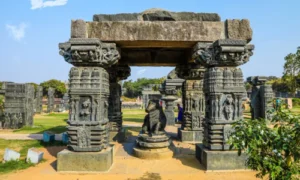
A. Territorial Conquests and Empire Building
You’ll be amazed at how Ganapati Deva transformed the Kakatiya Dynasty during his 60-year reign. He expanded his kingdom aggressively, pushing boundaries from the Krishna River to the Godavari, challenging even the mighty Cholas and Pandyas.
B. Economic Prosperity Under His Reign
Ever wondered how a medieval kingdom flourished? Under Ganapati’s rule, you’d have seen bustling markets, thriving agriculture, and active trade routes. His smart taxation policies and infrastructure projects made the Kakatiya realm a commercial powerhouse in South India.
4. Rudramadevi: The Warrior Queen
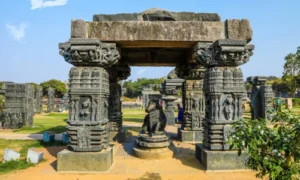
A. Breaking Gender Barriers in Medieval India
When you look at 12th-century India, you’ll find few women with Rudramadevi’s remarkable story. She shattered gender norms, ruling not as regent but as sovereign queen. You might be surprised to learn she even adopted male attire and titles to strengthen her authority among nobles who couldn’t imagine taking orders from a woman.
B. Military Accomplishments Against Multiple Threats
You’ve probably heard about male warriors of medieval India, but Rudramadevi deserves your attention too. She led armies against rebellious vassals and external invaders, demonstrating exceptional battlefield strategy. Your understanding of Kakatiya military history isn’t complete without acknowledging her successful defence of Warangal against the Delhi Sultanate’s early expansion attempts.
5. Prataparudra II: The Last Great Ruler
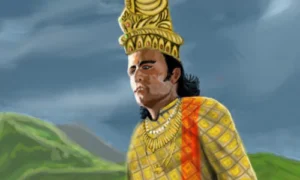
A. Defending Against the Delhi Sultanate
You’ll find Prataparudra II’s reign defined by his fierce resistance against Delhi Sultanate invasions. When Alauddin Khilji’s generals came knocking at Warangal’s doors in 1303, you’d have witnessed Prataparudra fighting tooth and nail to protect his kingdom, ultimately paying tribute to maintain independence.
B. Naval Expeditions and Trade Policies
Ever wondered how the Kakatiyas extended their influence? Under Prataparudra II, you’d have seen impressive naval expeditions that boosted trade relations with Southeast Asian kingdoms. His smart trade policies helped you and other merchants thrive, creating bustling marketplaces throughout the realm.
6. Architectural Marvels of the Kakatiyas
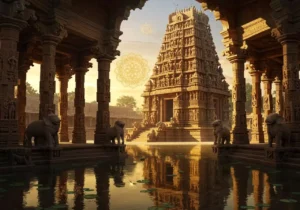
A. Thousand Pillar Temple at Hanamkonda
When you visit this 12th-century marvel, you’ll be blown away by its intricate star-shaped design. The temple gets its name from the thousand elaborately carved pillars supporting its structure. You’ll notice the incredible craftsmanship in every corner, showcasing the Kakatiya Dynasty’s artistic prowess and deep religious devotion that made them legendary rulers of ancient Telangana.
7. Socio-Economic Contributions
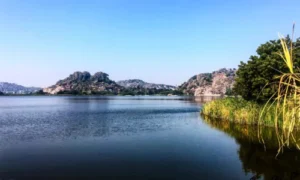
A. Agricultural Innovations and Water Harvesting
You’ll be amazed at how the Kakatiyas transformed agriculture through their ingenious water management systems. Their network of tanks, like the massive Ramappa tank, revolutionised farming in the semi-arid Telangana region. These tanks weren’t just water bodies—they were lifelines that turned barren lands into fertile fields.
B. Trade Networks and Economic Policies
Ever wondered how medieval kingdoms built wealth? The Kakatiyas created thriving trade networks connecting inland areas to coastal ports. Your understanding of ancient commerce systems would be incomplete without appreciating how they established bazaars and market towns, encouraging merchants through favourable economic policies that boosted regional prosperity.
Conclusion
The legacy of the Kakatiya Dynasty remains an enduring testament to visionary leadership and cultural innovation in medieval India. From their humble beginnings to their zenith under rulers like Ganapati Deva, the dynasty transformed the Telangana region through military prowess, administrative reforms, and artistic patronage. The remarkable reign of Rudramadevi—one of India’s few female monarchs—and the valiant efforts of Prataparudra II to preserve their kingdom further highlight the dynasty’s resilience and progressive outlook.
As you explore the magnificent architectural marvels like the Thousand Pillar Temple and Warangal Fort, or consider their innovative water management systems, you can appreciate how the Kakatiyas’ contributions extended far beyond military conquests. Their socio-economic policies fostered trade, agriculture, and cultural development that continue to influence the region today. By understanding this illustrious dynasty’s history, you gain valuable insights into an important chapter of India’s rich cultural tapestry that deserves greater recognition in our collective historical consciousness.


